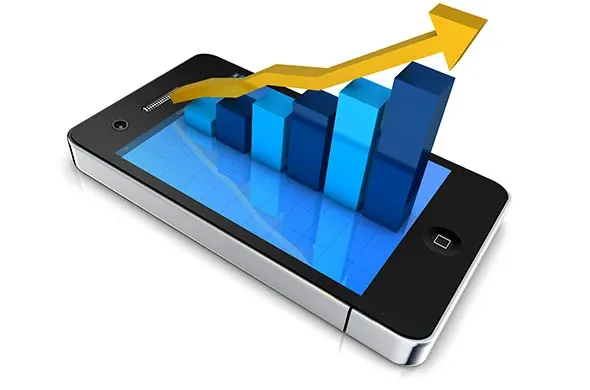ENT Reports Stable Business Performance in 1Q24
Croatia-based Ericsson Nikola Tesla reported Sales revenue of €52 million, as net profit amounted to €6.4 million.

For more than two decades, Nintendo’s twin product lines were the envy of its rivals: a home console and a handheld gaming device. But signs are emerging its new hybrid Switch may upend all of that, according to Bloomberg.
Starting with 1989’s Game Boy, the Kyoto-based company has effectively doubled its market audience by getting gamers to buy one device for home and another for outside. That also allowed Nintendo to market consoles like the Wii as the higher-end product, with game titles costing more and averaging nine per household, versus five for handheld systems.
While Nintendo hasn’t said it’s abandoning the two-gadget strategy, the signs are there. The home and handheld development teams were merged in 2013, with the company beginning work on the Switch the following year. Last quarter, Nintendo stopped reporting separate revenue for handheld and home systems. Then last month, it said a new Pokemon title for the Switch is in development, the first time a main game in the series will debut outside of a dedicated handheld system such as the Game Boy or 3DS.
Last month, at Nintendo’s shareholder meeting, President Tatsumi Kimishima was vague on the topic, suggesting that handheld devices would still be around. “We understand that Nintendo Switch is diversifying the way people play games,“ he said. “We hope to provide as many different ways to play as possible for both our home console and handheld systems.“
The prospect of Nintendo relying on a single product line has triggered some concern that revenue will take a hit in the near term, as consumers who would have bought two devices end up with only one. The Switch, which debuted in March, gives gamers the option to play in their living room or on the go as it’s essentially a tablet with detachable controllers that can be connected to a TV. The gamble is that any lost sales could be made up by selling more games for smartphones, a market that Nintendo was late to embrace.
So far, investors have shrugged off such concerns. Nintendo shares are up 65 percent since the $300 Switch hit store shelves, pushing the company’s market value up to 5.3 trillion yen ($47 billion). Nintendo sold 2.7 million Switch devices in the first month, topping its own forecast for 2 million. The company expects another 10 million to be shipped this year, although analysts consider that too conservative and are projecting 13 million in sales.
Nintendo has also stepped up the pace of new game rollouts for the Switch, compared with previous hardware. As a result, analysts tracking Nintendo say the company will have its strongest software lineup in at least a decade. They recently boosted their prediction for Switch software sales next fiscal year to 112 million from 74 million in May. In turn, that’s pushed up the annual operating income estimate for the period to 231 billion yen, the highest since fiscal 2010 when the Wii dominated.
One area to watch will be Nintendo’s fledgling smartphone business. Oasis’s Fischer says that will need to play a bigger role to make up for the loss of a second hardware platform. The company has so-far released two smartphone games and delayed a third. It originally promised five titles by March 2017.